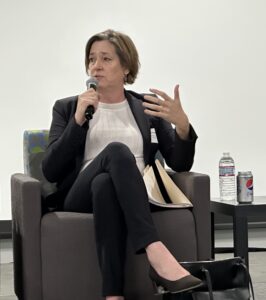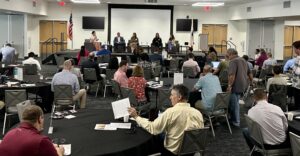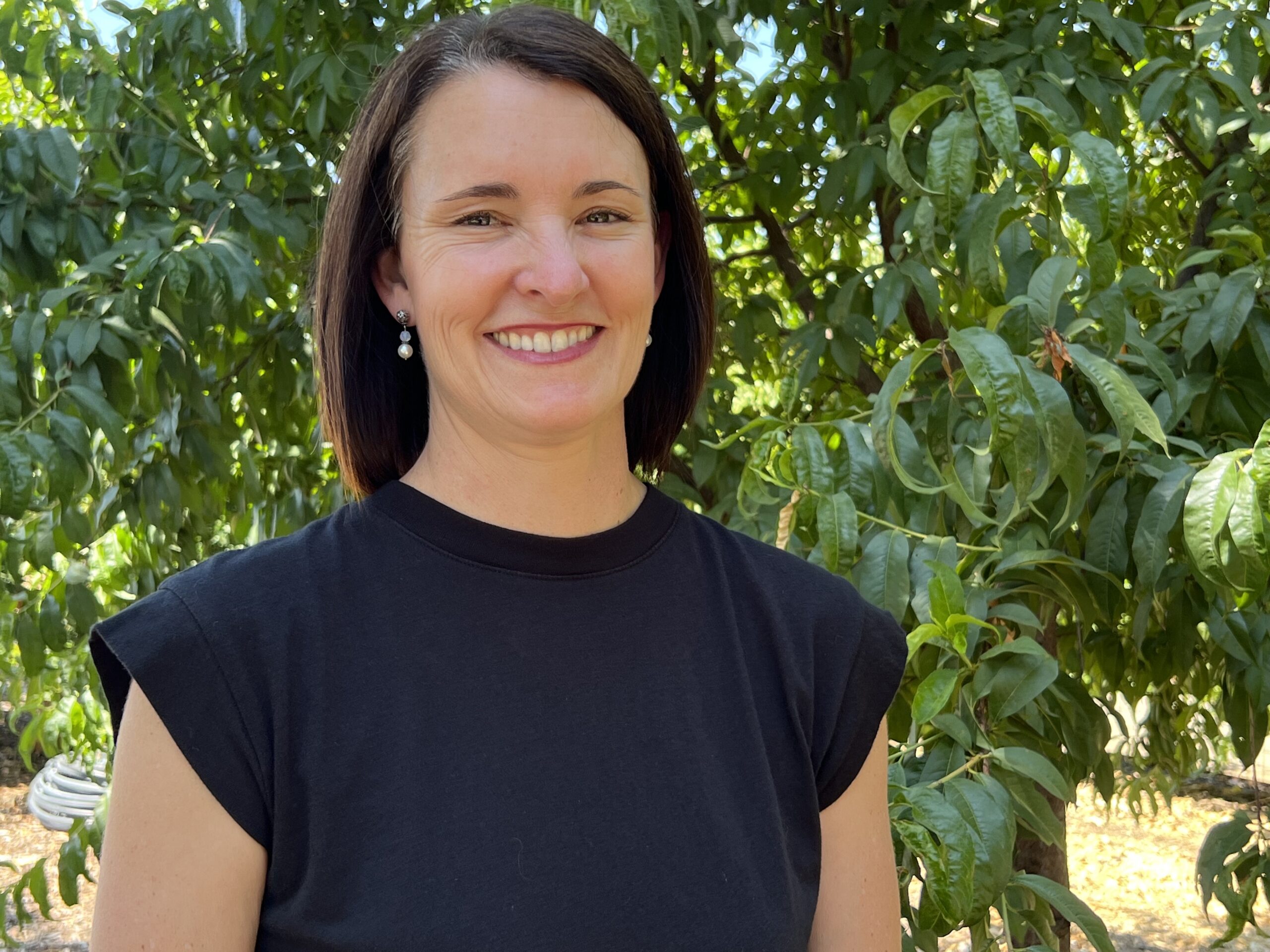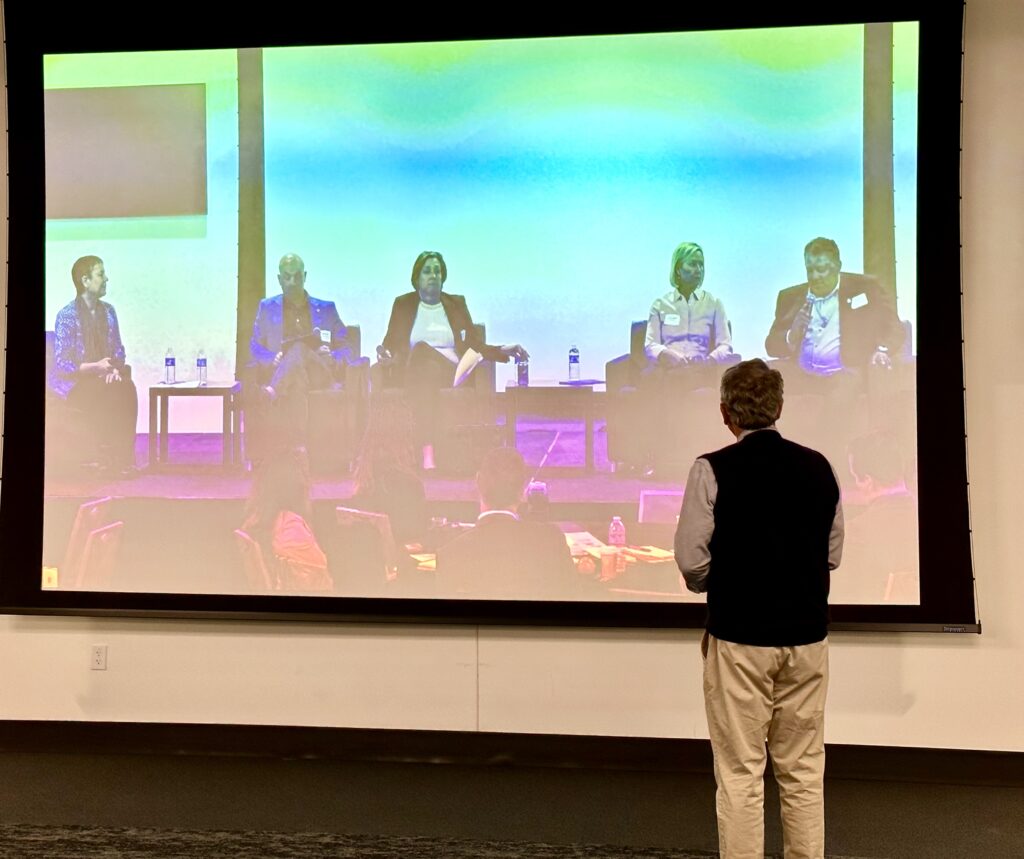In less than 20 years’ time, the San Joaquin Valley could become a patchwork of vast swaths of vacant, weed-filled lands interspersed with a few single-crop mega farms that employ only a small fraction of those who currently work in agriculture.
Or, it could be thriving with robust solar operations, thousands of water recharge basins, interconnected wildlife habitat, cohesive towns and a smaller, but diverse and secure farming economy.
The difference in those potential futures could depend on how the transition to less reliance on groundwater is managed, according to a report by the Public Policy Institute of California that was discussed during a recent conference.
The report laid out several tools that its authors felt could be helpful in moving the valley toward the thriving option.
Chief among those was water trading, without which, the report states, nearly 1 million acres would have to be fallowed.
Trading surface or groundwater is tricky, however, and would have to be done cautiously to protect small farmers, according to the report.
And it requires the one thing that has been clearly lacking among valley water managers – collaboration.

Karla Nemeth, head of the Department of Water Resources, noted at the conference that every single groundwater plan covering the south valley, plus two others, was rejected as inadequate by the state.
“Most of those plans that were not successful were not successful for a number of reasons,” Nemeth said. “Something common to all of them was a lack of coordination and collaboration.”
Despite that reality, panelists at the Sept. 20 conference held at California State University, Fresno spoke confidently of the future under the Sustainable Groundwater Management Act.
Downsizing farms, the economy and jobs
SGMA, as it’s known, mandates that aquifers be brought into balance by 2040, which will mean farmers have to stop pumping as much groundwater. Without new surface supplies to make up for that loss, a lot of farmland simply won’t have the water to stay productive.
The PPIC report estimates that even with all its recommendations, at least 500,000 acres valley wide will have to be switched from intensive irrigation to another use.
The report recommended five uses for that fallowed land:
- Solar, 135,000 – 215,000 acres
- Dry-land farming, 20,000 – 40,000 acres
- Water recharge basins, 20,000 – 40,000 additional acres in addition to today’s 50,000 acres
- Habitat restoration, up to 1.1 million acres
- New housing, up to 50,000 acres (for an anticipated 800,000 new valley residents by 2040)
In the worst case scenario — no new water supplies and no water trading — nearly 900,000 acres would be fallowed. The PPIC report estimated the regional economy would take a 2.3 percent, or $4.5 billion, hit and a loss of 50,000 jobs.
Wrong direction
To navigate the transition ahead, the report urges intense basin-wide and regional collaboration on a variety of fronts to avoid haphazard land fallowing and its associated risks.
But cooperation has been a tripping point for several of the San Joaquin Valley’s groundwater sustainability agencies.
Out of 15 groundwater subbasins that cover the valley floor, plans covering the Tulare Lake (Kings County), Tule, Kaweah, Kern County, Delta-Mendota and Chowchilla subbasins were deemed inadequate by DWR. Those subbasins are now coming under the scrutiny of the State Water Resources Control Board, which will consider whether the state should take control of pumping limitations, as well as issuing steep fees and fines in those areas.
“For folks who did some homework and reached a coordination agreement with their neighboring plans, they were more successful than the ones that chose to not do that,” DWR’s Nemeth said during the Sept. 20 conference. “And some are splintering further and that’s the wrong direction to be going in when we think about solutions.”
For example, water districts in the Kern subbasin, most of which had been members of the Kern Groundwater Authority, have split off to form their own agencies over the past few years.
Crucial partnerships not easy

In the North Kings GSA, which essentially covers the Fresno metro area, GSA Executive Officer Kassy Chauhan credited new partnerships as a key reason her agency’s groundwater plan passed state review.
The GSA is working with Fresno Irrigation District and the Fresno County Flood Control District to use sumps built for flood control as recharge basins, whenever possible. And the GSA started building 600 acres of recharge basins in 2020, which “paid dividends” in 2023 during the floods.
GSA members were able to recharge 450,000 acre feet working together, Chauhan said.
But, she acknowledged, partnering is not easy.
“The challenges are continuing to be coordinated and continuing to be able to stay in the same room and the fact that we are not in a bubble,” Chauhan told the conference. “It would be much easier if we were in a bubble and we could just go about implementing our plan and not worrying about the impacts from neighbors or GSAs or basins but that’s not the reality.”
“Our communities are agriculture”
The PPIC report also stressed the need for funding from local, state and federal governments, which comes as the state has begun tapering off grant funding for GSA projects.
Tulare Irrigation District General Manager Aaron Fukuda said his GSA is doing its part.
“We are making investments in technology to better image our earth, we are leaning in to our disadvantaged communities and helping to solve their problems, and we are looking at water trading,” Fukuda said during the conference.
Water trading, though, is not simple.
“That is interesting, fun and controversial, it’s got everything balled up into one. If you get it wrong, how do you undo that? We don’t want to make wrong trades, let’s put it that way.”
With all the options on the table, though, he said water managers, farmers and regulators have to be clear-eyed about the future.
“For all practical purposes, our communities are agriculture, and if we dial back agriculture, we dial back the things we see around us,” he said. “You dial back the amount of money you have to eat out, or discretionary dollars for your Little League fundraisers.”
Not ready for climate swings
During the most recent drought, thousands of domestic wells went dry despite the fact that water agencies had been working under the tenets of SGMA for several years, which showed GSAs have not engaged with communities as they should, said Sonia Sanchez, a community development specialist with Self-Help Enterprises.
Self-Help is a Visalia-based nonprofit that focuses on housing and water issues for area residents. It has been called on regularly to deliver water to residents whose wells have gone dry.
Self-Help created a guide for domestic well protection and mitigation, but that guide wasn’t used by several GSAs, Sanchez said.

“I think had more GSAs utilized that tool and incorporated more robust programs in their plans we would have seen more GSAs pass (state review),” Sanchez said.
On the other end of nature’s spectrum, the floods this year showed that local, regional and state agencies were woefully underprepared to both protect communities and collect the onslaught of water for future use, DWR’s Nemeth said.
“This year taught us we’re not as ready to make use of those moments as we need to be,” Nemeth said. “This year provided a terrific example of the work we can do. We must identify places where we can have a very constructive marriage between water suppliers, groundwater managers and local flood control agencies.
“We won’t be successful if we don’t have counties and cities as land use entities really working together in that context. But I am optimistic.”
Share this:
- Click to share on Facebook (Opens in new window)
- Click to share on Twitter (Opens in new window)
- Click to share on LinkedIn (Opens in new window)
- Click to share on Reddit (Opens in new window)
- Click to share on Tumblr (Opens in new window)
- Click to share on Pinterest (Opens in new window)
- Click to share on Pocket (Opens in new window)
- Click to share on Telegram (Opens in new window)
- Click to share on WhatsApp (Opens in new window)
- Click to print (Opens in new window)









You must be logged in to post a comment.